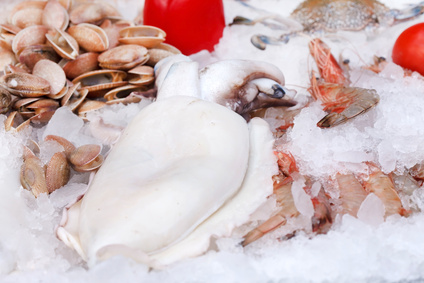Why prefer local seafood
Philippine seafood
With the Philippines’ 7,000+ islands, its surrounding seas are rich fishing grounds. While destructive forms of fishing and environmental pollution have adversely affected the seas’ productivity and future state, Philippine marine resources are still better off than other places in terms of diversity and availability of marine species. Local seafood are still abundantly available almost anywhere, almost anytime (depending on season and weather) – live, fresh, or processed.

The richness of the Philippine seas is internationally well-known and many countries import their seafood requirements from the Philippines like tuna, squid, octopus, cuttlefish, crabs, shellfish, seaweeds, and others.
Some foreign fishing vessels are even poaching in Philippine waters.
Sources
You can catch and gather seafood almost anywhere in the
There are several well-known fishing grounds in North Luzon, Eastern and Western Luzon, Southern Luzon, Eastern and Central Visayas, Palawan, and around
Methods of catching, handling, and transport
The most common methods of catching seafood are fishing line, nets, and traps.
These come in different sizes, numbers, and locations.
Those seafood intended to be sold as live are usually placed in tanks with aerated seawater to remain live until they reach the market. Seafood sold fresh are always put in ice or iced water to maintain their fresh state until sold or further processed.
Seafood caught are transported in fishing vessels of large commercial operators or motorized bancas or small boats of small operators. Those items destined for far places are transported by land vehicles then airplanes.

Buyer preferences
Most seafood consumers buy them fresh from the public markets or supermarkets. If you are an institutional or wholesale buyer/trader, you usually go to fish ports.
Some buyers prefer their seafood live – fish, crabs, shrimps, lobsters, and shellfish.
There are several vendors in Metro Manila equipped to handle live seafood.
Why local seafood is better
The reasons are obvious. Philippine seafood is better not only in terms of diversity and variety but also because of the choices that consumers have – live, fresh, processed seafood available almost all year-round from your nearby sources/vendors.

